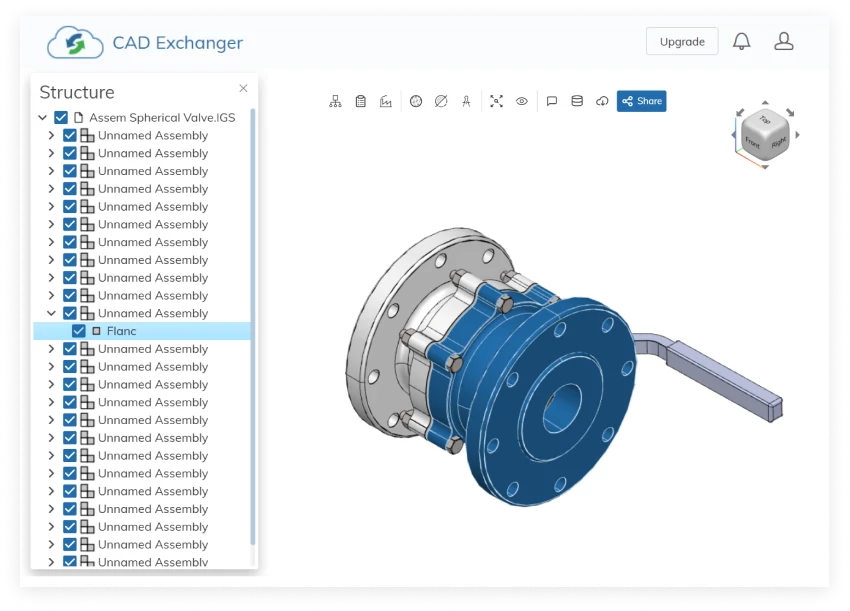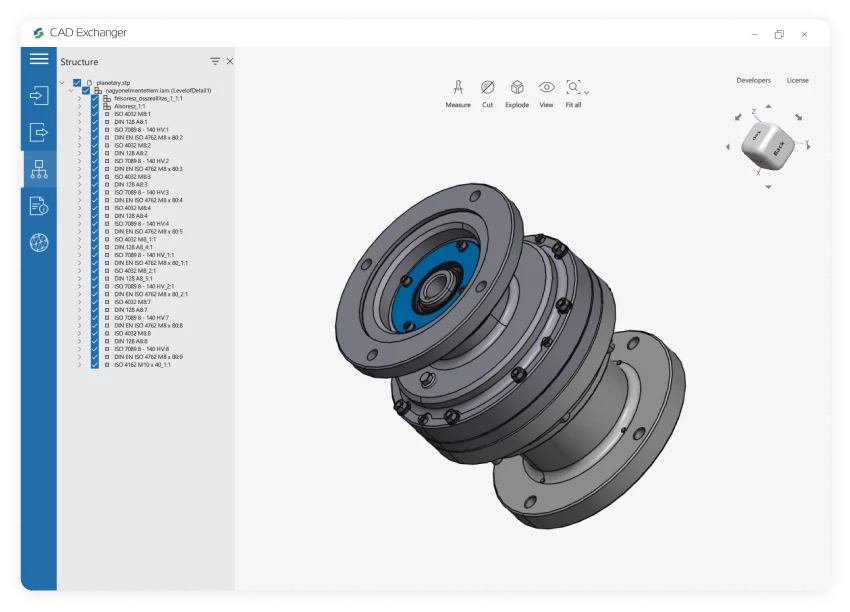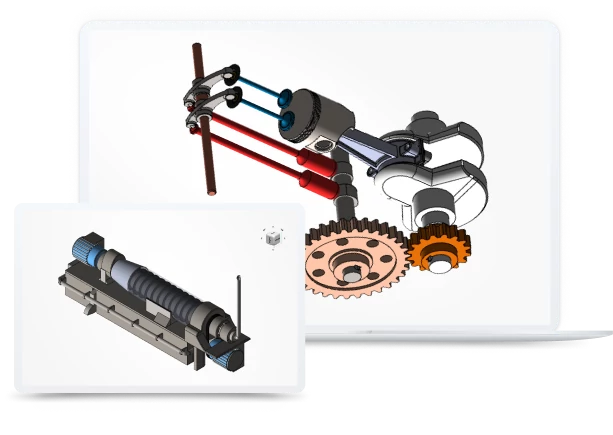

Conversion from SAB to PRT is not supported yet :(
Learn more
PRT
A PRT format is used to store components of 3D CAD models. It may contain lines, surfaces, textures, dimensions, and metadata.
The .prt extension is mostly associated with the Siemens NX Part (PRT) file type as an acronym for "part". PRT files may be exported to various standard CAD and 3D modeling formats (e.g. OBJ and STL) in addition to being utilized natively in Siemens NX.
The PRT file is also a part created by PTC Creo Parametric 3D software. In PTC Creo, project part files can be combined in a single assembly file with an ASM extension.
Despite the same extension name different CAD software produce PRT files differently, i.e. PRT files produced with Creo are not the same as PRT files generated from NX.
The PRT extension is also compatible with Dassault Systèmes SOLIDWORKS.
From Our Blog
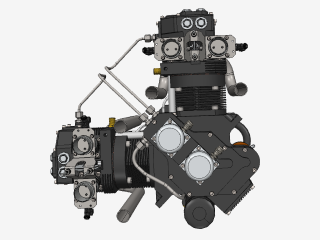
Everything you need to know about CAD file formats
A CAD file is an output of a CAD software, containing key information about the designed object: its geometry and topology representation, 3D model hierarchy, metadata, and visual attributes depending on the format of the file.
Read more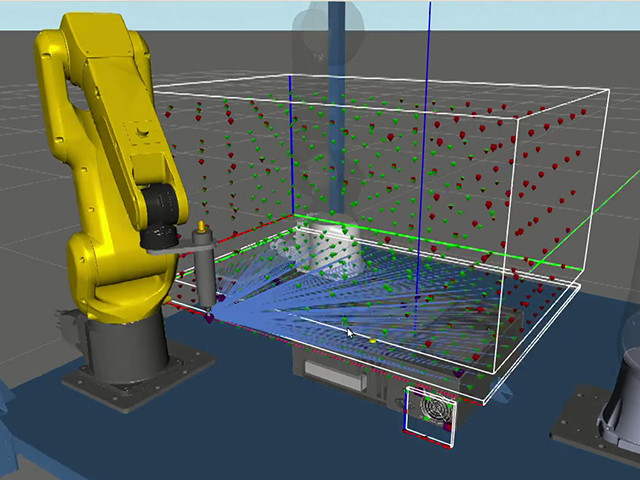
Realtime Robotics enhances responsive workcell monitoring by reading CAD files with CAD Exchanger
CAD Exchanger enables RapidSense and RapidPlan to read 3D CAD formats thanks to a unified API, fast data processing, adjustable meshing, and cancellation support.
Read more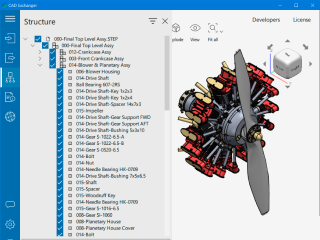
3D formats overview: ACIS
In the third part of this series we take a look at one of the 2 most important CAD kernel formats
Read more